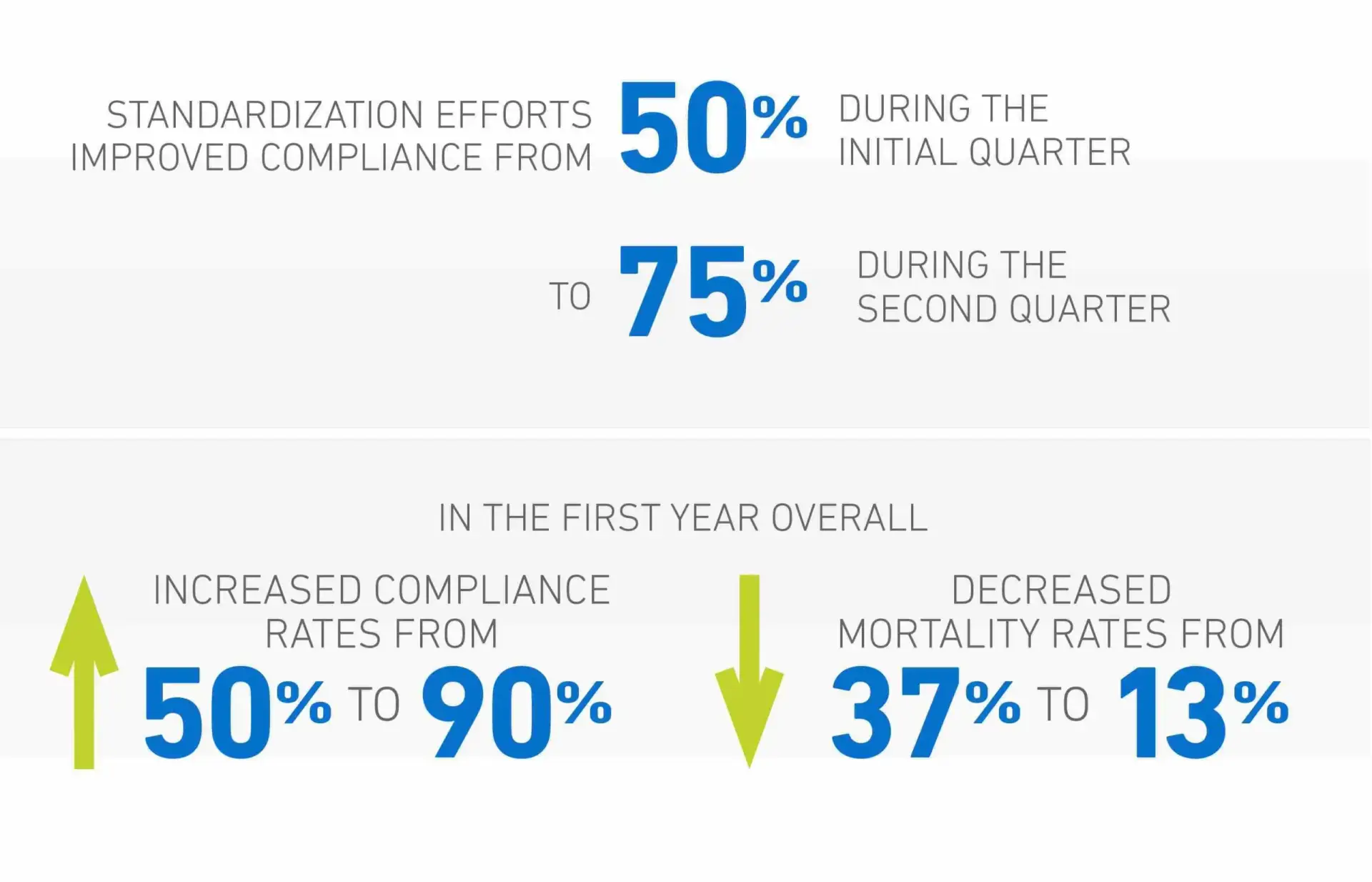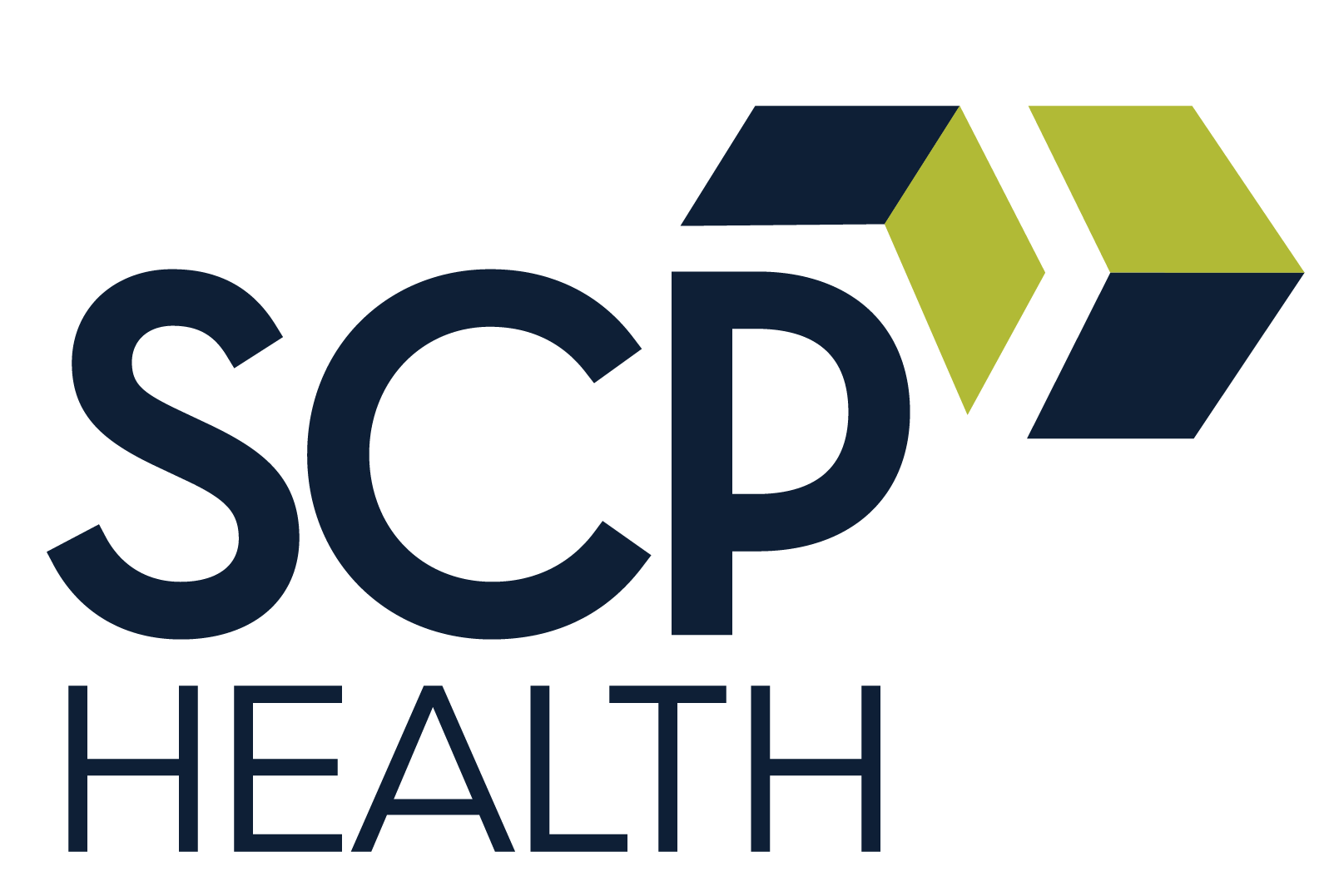In today’s dynamic environment, aligning emergency medicine (EM) and hospital medicine (HM) programs presents a unique opportunity to enhance patient care, improve operational efficiency, and foster collaboration across departments.
By establishing a joint operations committee (JOC), hospitals can create a structured forum for teamwork, enabling clinical leaders to work together toward shared goals. This proactive approach not only strengthens communication but also enables measurable improvements in patient outcomes and overall operational performance. What is a joint operations committee?
The JOC is a collaborative multi-disciplinary meeting designed by SCP Health to facilitate communication and teamwork among emergency medicine, hospital medicine, critical care medicine, nursing, quality, case management, and other key stakeholders that interface with EM and HM services.
Its primary purpose is to optimize patient care by identifying opportunities for improvement, implementing patient care protocols, and facilitating rapid-cycle changes through an iterative approach.
Bringing this combined group of clinical leaders together helps develop solutions that fulfill each team member’s needs. Think of it as an ‘all for one, one for all’ approach where everyone involved benefits.
Related resource: 4 ways to improve hospitalist-emergency department performance
Why have a joint operations committee?
At many facilities, no formal forum exists for sharing ideas and formulating processes. A JOC provides a structured model for teamwork that fosters collaborative EM-HM communication and multi-disciplinary perspectives on challenges faced by clinicians and patients alike.
What benefits should a facility expect from instituting a joint operations committee?
Benefits from the formation of a JOC include:
Performance improves.
Facilities that set up a JOC and make a concerted effort to synergize their EM and HM programs typically see financial and patient experience performance improvements within 90 to 120 days.
Accountability increases.
The JOC opens communication lines, standardizes processes and procedures, and increases accountability. This results in improved metrics, such as left without treatment rates, door-to-provider times, and emergency department length of stay for admissions, as well as hospital medicine length of stay and sepsis compliance. Additionally, it can also deliver improvements in value-based care outcomes and reduce readmissions penalties.
Care becomes standardized.
Joint operations committee meetings can help establish more consistent and personalized care for patients, while reducing variations of care — critical factors that contribute to high-value service delivery, cost reduction, and patient experience satisfaction.
Joint operations committee meeting structures
The typical protocol is to hold JOC meetings monthly. This meeting should be in addition to regular communication and a monthly meeting specifically between EM and HM medical directors, and quarterly meetings including the joint EM-HM clinical teams.
What should be on the JOC agenda?
A JOC meeting should follow a standardized agenda. Otherwise, accountability can wane, and momentum can grind to a halt. We recommend including the following as part of every JOC agenda:
- Review the status of action items from the previous meeting. Every meeting should begin and end with progress updates. All action items should be assigned to an accountable party, with a deadline, and an expectation to report on status at the next meeting;
- Review shared metrics and goals. Review status on a standard set of measurements your JOC identifies as integrated EM-HM metrics. Discuss trends and high and low points;
- Share successes and challenges. Talk about what’s working and what’s not. Discuss strategies to improve processes and shared metrics. If new issues arise, substantiate them with objective data;
- Define and assign action items for the next month’s meeting. Document follow-up steps and tie them to an accountable person, measure, and deadline.
JOC Success Case Study
The JOC at one SCP-managed hospital reviewed EM-HM issues and obstacles, and proposed solutions. The committee’s recommendations comprised a combination of tactics, processes, data, and management.
Their observations included the following:
- The group elected to use existing criteria and standards to identify and treat patients with sepsis;
- With upwards of two dozen physicians and nearly 50 nurses and ancillary staff, the alignment of the entire group in training, education, and engagement was a considerable challenge;
- Few internal systems (EMR, dashboards, provider feedback) identified the standard elements required for success. Even when they did, they were buried in other information and not readily identifiable;
- Data was delayed by up to two months, reducing providers’ ability to connect actual results with decisions at the point of care.
To address the issues, the JOC mapped a pathway to identify gaps and optimize existing systems — most of which involved the interface with providers (point-of-care decision-making and prompt feedback with actionable data).
In addition to using standard criteria, the process of care needed standardization so that wherever the patient was located (emergency department or inpatient units), he received the same care the same way regardless of which physician was treating him.
The results
The JOC was instrumental in creating a new process and fostered teamwork and cooperation between EM, HM, nursing, finance, and hospital executives. The implementation of the new sepsis process produced excellent results:

Key success factors
- The JOC platform has facilitated open communication between ED providers, hospitalists, and nursing leaders. Presenting the challenging situations as case reviews that were constructive and considerate of the needs of all team members was especially helpful in refining processes.
- A reliable, experienced clinical partner at the table with broad capabilities in best practices, data, systems, and a mechanism for prompt provider feedback was critical in implementing and sustaining change.
- Based on the decline in sepsis mortality rate, the JOC has established itself as the “go-to” forum for problem-solving and standardization of care efforts at the hospital, and the hospital has invested in the data, feedback, systems, and clinical partnerships required for long-term sustainability.
The JOC proved to be an excellent test case for how emergency medicine and hospital medicine can work together to improve patient care — and use data to engage providers, resulting in life-saving measures for their patients. The team also saw an improved level of communication and partnership between the ED, hospitalist services, quality, case management and nursing teams, which resulted in improved EM-HM collaboration between patient care departments and provided a pathway for more standardization efforts in many other areas.
Achieving excellence through collaboration
A Joint Operations Committee (JOC) is more than just a meeting—it’s a strategic platform that empowers hospitals to align emergency medicine and hospital medicine programs for maximum impact. By fostering collaboration, standardizing care, and driving accountability, a JOC creates a unified approach to patient care that benefits clinicians, administrators, and, most importantly, patients.
At SCP Health, we understand that true success in health care comes from seamless teamwork and a shared commitment to excellence. Our proven expertise in implementing JOCs has helped hospitals nationwide achieve measurable improvements in patient outcomes, operational efficiency, and clinician satisfaction. Together, we can create an environment where every department works in harmony to deliver exceptional care.
Ready to take the next step? Contact us today to learn how a JOC can transform collaboration and elevate care in your hospital.





